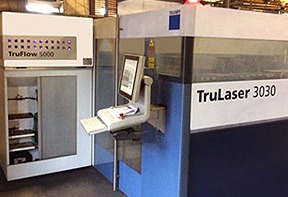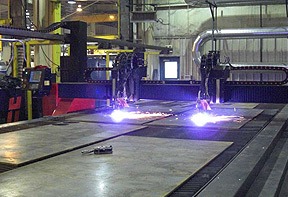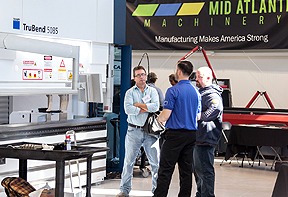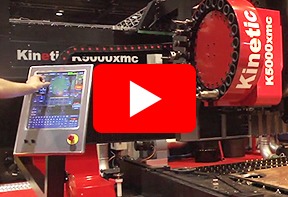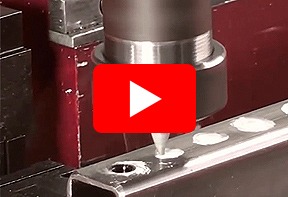What Exactly is a Plasma Cutting Machine and How Does it Transform Metalwork?
In the realm of modern metalworking, the plasma cutting machine stands out as a revolutionary tool that has transformed the fabrication and manufacturing industries. According to a report by Research and Markets, the global plasma cutting equipment market was valued at approximately $6 billion in 2020 and is projected to grow significantly over the coming years, driven by advancements in technology and increasing demand across diverse sectors such as automotive, aerospace, and construction. Plasma cutting technology utilizes an intense electrical arc to superheat and ionize gas, creating a high-temperature plasma stream that can effortlessly cut through a variety of metals. This innovation not only enhances precision and efficiency but also reduces material wastage, positioning plasma cutting machines as indispensable assets in the contemporary metalworking landscape. As industries evolve, understanding how these machines function and their applications becomes increasingly essential for professionals looking to stay competitive in the field.
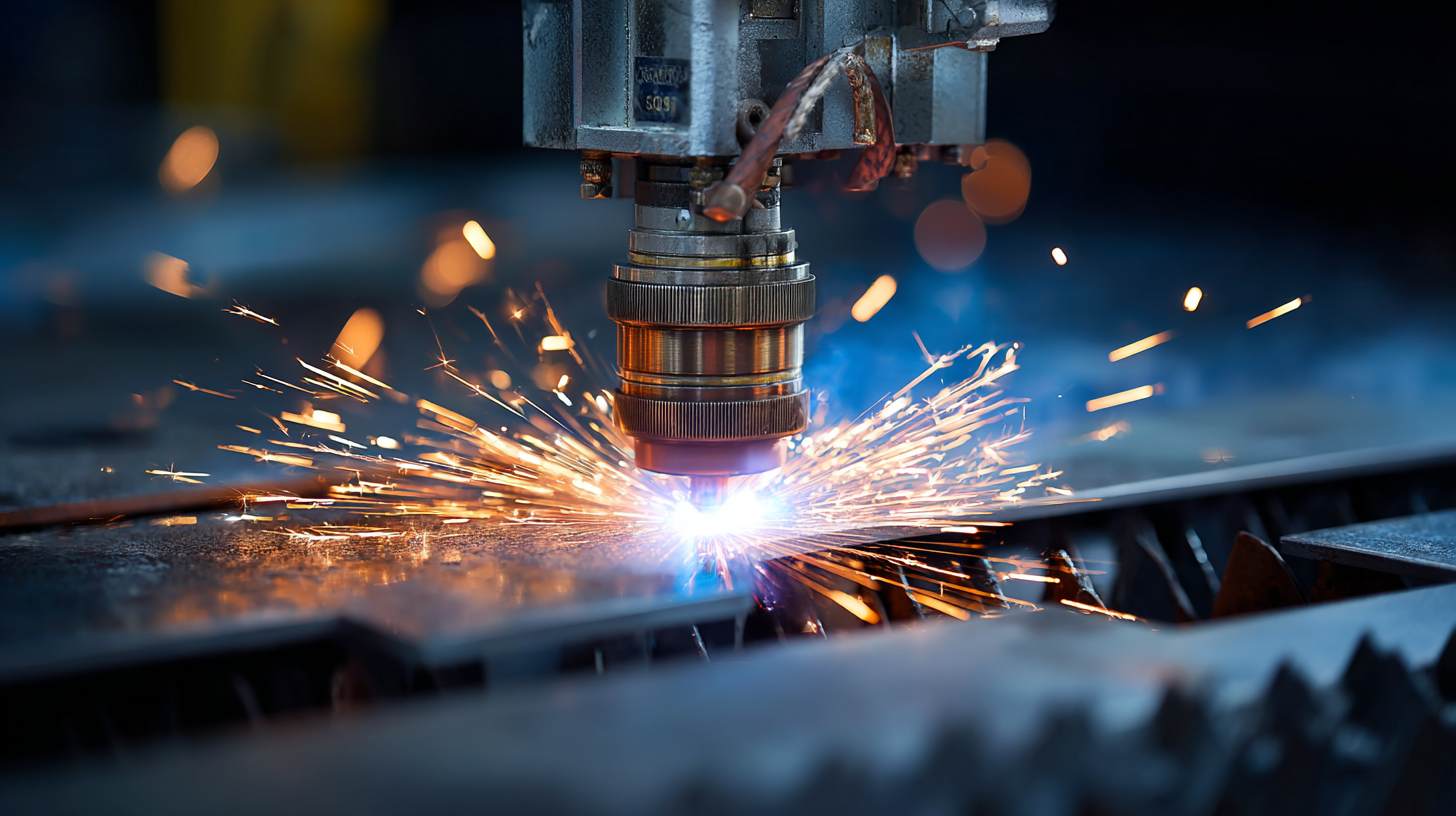
What is Plasma Cutting Technology? An Overview of Its Mechanism and Applications
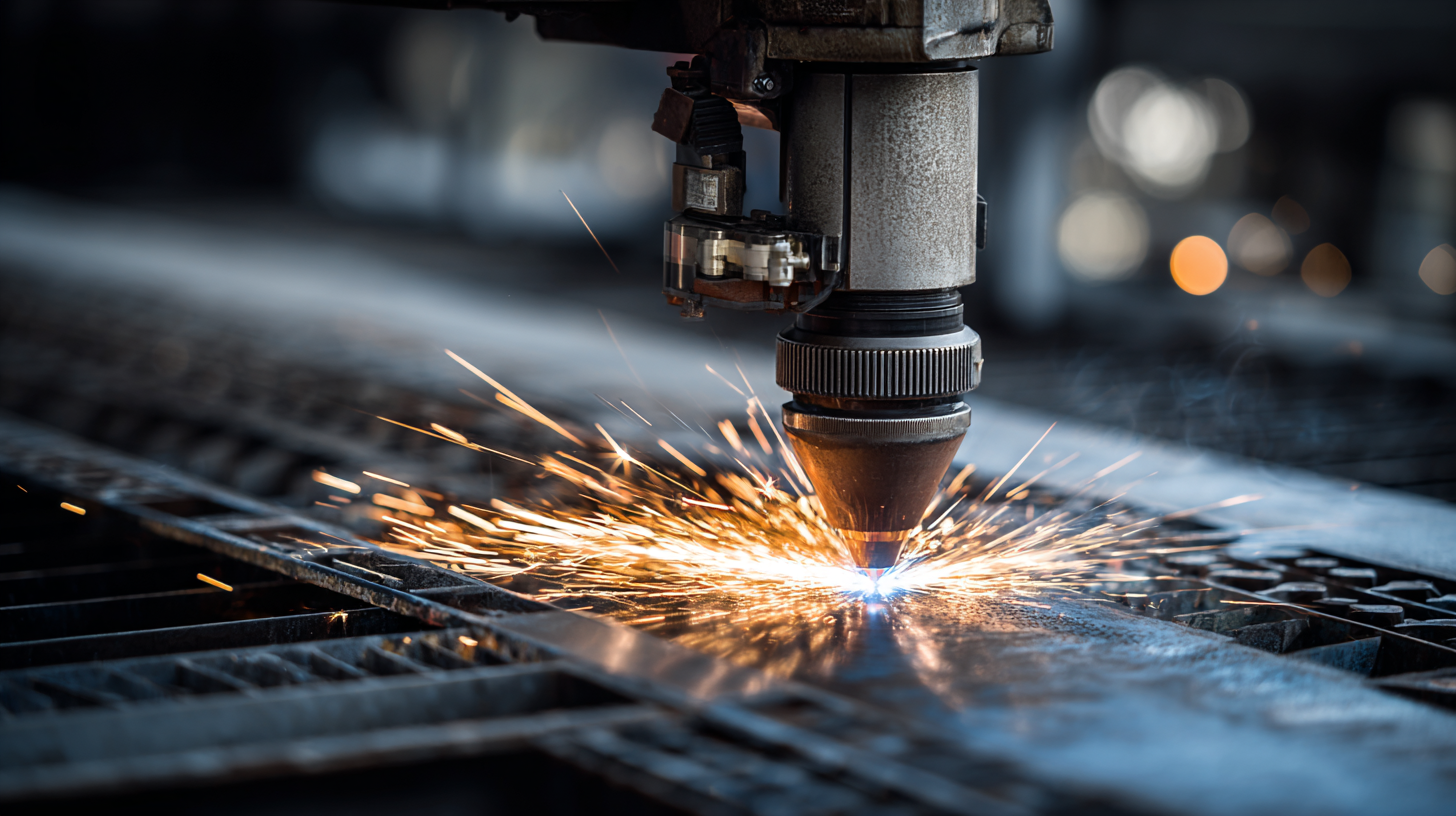 Plasma cutting technology utilizes a high-velocity jet of ionized gas, or plasma, to melt and sever metal. The process begins with an electric arc establishing between an electrode and the workpiece, which generates temperatures exceeding 20,000 degrees Celsius. This intense heat ionizes the gas, transforming it into plasma that can cut through various types of metals, including steel, aluminum, and brass. The result is a clean and precise cut, making plasma cutting an invaluable tool in manufacturing and metal fabrication.
Plasma cutting technology utilizes a high-velocity jet of ionized gas, or plasma, to melt and sever metal. The process begins with an electric arc establishing between an electrode and the workpiece, which generates temperatures exceeding 20,000 degrees Celsius. This intense heat ionizes the gas, transforming it into plasma that can cut through various types of metals, including steel, aluminum, and brass. The result is a clean and precise cut, making plasma cutting an invaluable tool in manufacturing and metal fabrication.
In addition to its cutting efficiency, plasma cutting technology offers versatility in application. It can be used for intricate designs and thick materials alike, providing flexibility in industries ranging from automotive and aerospace to construction and art. The ability to adjust the plasma torch settings ensures optimal performance across different metals and thicknesses, allowing for quicker turnaround times in production. As technology advances, the integration of computer numerical control (CNC) systems further enhances the precision and repeatability of plasma cutting, solidifying its role as a key player in modern metalworking.
Key Benefits of Using Plasma Cutting Machines in Modern Metal Fabrication
Plasma cutting machines have become an indispensable tool in modern metal fabrication, offering a plethora of benefits that significantly enhance productivity and precision. The ability to cut through thick metal sheets with speed and accuracy not only streamlines the workflow but also minimizes waste, making it an economically viable option for manufacturers. With the global market for plasma cutting machines projected to reach approximately $958 million by 2030, the growing demand underscores the technology's transformative impact on industries ranging from automotive to construction.
One of the key advantages of plasma cutting is its versatility. Unlike traditional cutting methods, plasma cutters can handle various materials, including stainless steel, aluminum, and copper, delivering clean cuts without the need for extensive secondary processing. As manufacturers continually seek ways to improve efficiency, the integration of CNC-controlled plasma cutting machines ensures high levels of automation and repeatability, further boosting the competitive edge. As the metalwork landscape evolves, embracing advanced plasma cutting technologies stands as a vital strategy for professionals aiming to stay ahead in an increasingly competitive global market.
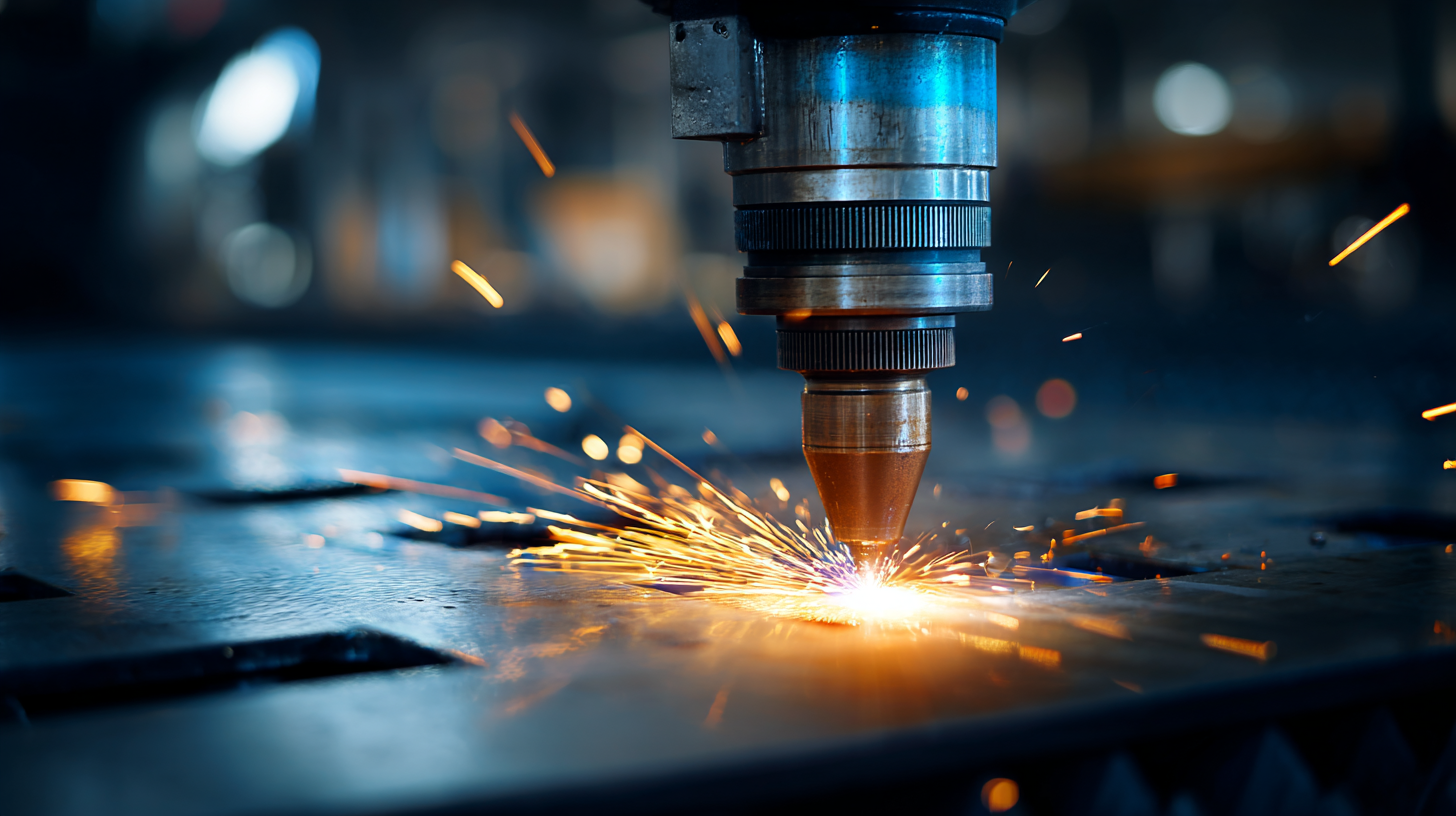
Comparative Analysis: Plasma Cutting vs. Other Cutting Methods in Terms of Efficiency
Plasma cutting machines have revolutionized the metalworking industry by offering precise and efficient cutting capabilities. Unlike traditional methods such as oxy-fuel cutting, plasma cutting utilizes a high-velocity jet of ionized gas, or plasma, to melt and remove material. This innovative technology allows for cleaner cuts with minimal thermal distortion, making it ideal for intricate designs and tough materials. The efficiency of plasma cutting is especially evident in its speed and adaptability, allowing operators to tackle a variety of metal thicknesses and types with ease.
When comparing plasma cutting to other cutting techniques, such as laser cutting, the advantages become clear. While laser cutting offers high precision, advances in three-dimensional integrated laser cutting technology highlight its role in specific applications. However, plasma cutting remains superior in terms of versatility and cost-effectiveness for thicker materials. As industries evolve and look toward more efficient cutting solutions, the transformative power of plasma cutting continues to reshape metalwork practices, ensuring that businesses remain competitive in a fast-paced market.
Efficiency Comparison of Plasma Cutting vs. Other Cutting Methods
Industry Insights: Plasma Cutting's Role in Metalwork and Its Market Trends
The plasma cutting industry is witnessing significant growth, as evidenced by the projected increase in the global plasma cutting machine market size from $699.5 million in 2025 to $905.2 million by 2032, exhibiting a robust CAGR during this period. This surge is driven by the rising demand for precision metal cutting in various sectors, including automotive and aerospace, where high-quality and efficient fabrication processes are critical.
Additionally, the metal machining market is estimated to expand by USD 18.43 billion from 2024 to 2028, largely influenced by increased activity in the oil and gas industry. Moreover, advancements in artificial intelligence are playing a pivotal role in revolutionizing these markets, enhancing operational efficiency and product quality. As the industry evolves, it is imperative to stay informed about these trends to remain competitive.
Tips: When considering a plasma cutting machine, assess your specific metalwork needs and the machine's capabilities. Investing in advanced models can significantly enhance productivity and reduce operational costs. Additionally, staying abreast of market trends will help you make informed decisions for your business. Regularly updating your equipment and processes ensures that your operations remain efficient and relevant in a rapidly changing market.
Tips for Selecting the Right Plasma Cutting Equipment for Your Business Needs
When considering plasma cutting equipment for your business needs, it's essential to evaluate several key factors that will ensure you choose the right machine. First, assess the thickness and type of materials you typically work with. Plasma cutting is particularly efficient for metal materials, with the ability to cut through various thicknesses swiftly. Understanding your material specifications will guide you in selecting a machine with the appropriate power and cutting capabilities.
Additionally, consider the features that enhance usability and precision. Advanced plasma cutting machines come equipped with technologies that enable better control and more consistent quality. Features such as automated height control, CNC compatibility, and ease of integration with existing workflows can significantly impact productivity and the final output of your projects. Evaluate the machine size and portability depending on your workspace and operational needs. Investing in the right plasma cutting machine not only contributes to improved efficiency but also supports your business's growth in a competitive market projected to expand significantly in the coming years.
What Exactly is a Plasma Cutting Machine and How Does it Transform Metalwork? - Tips for Selecting the Right Plasma Cutting Equipment for Your Business Needs
| Feature | Details |
|---|---|
| Operating Principle | Uses a high-velocity jet of ionized gas (plasma) to melt and cut through metal. |
| Common Materials Cut | Steel, aluminum, brass, and copper. |
| Advantages | High precision, speed, versatility, and minimal heat-affected zone. |
| Power Requirements | Typically requires between 20-60 Amps depending on the thickness of metal. |
| Thickness Capacity | Effectively cuts materials up to 1 inch thick and more with higher amperage machines. |
| Safety Considerations | Proper personal protective equipment (PPE) is essential, including gloves, goggles, and respiratory protection. |
| Tips for Selection | Consider factors like material types, thickness, power requirements, and portability. |
| Maintenance | Regular checks on consumables, air supply, and machine calibration ensure optimal performance. |
Related Posts
-

How to Choose the Best Plasma Cutting Machine for Your Business Needs
-
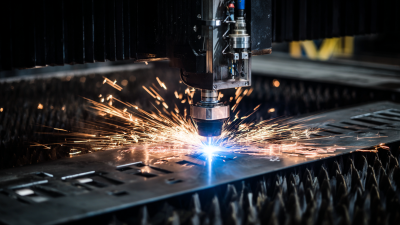
5 Digital Strategies to Enhance Your CNC Plasma Cutting Efficiency
-

Ultimate Guide to Choosing the Right Fiber Laser Cutter for Your Manufacturing Needs
-

Essential Checklist for Optimizing Your Fiber Laser Cutting Machine Performance
-

Ultimate Guide to Waterjet Machine Comparison for Global Buyers
-

Revolutionizing Manufacturing: Innovative Solutions for CNC Laser Cutter Efficiency





